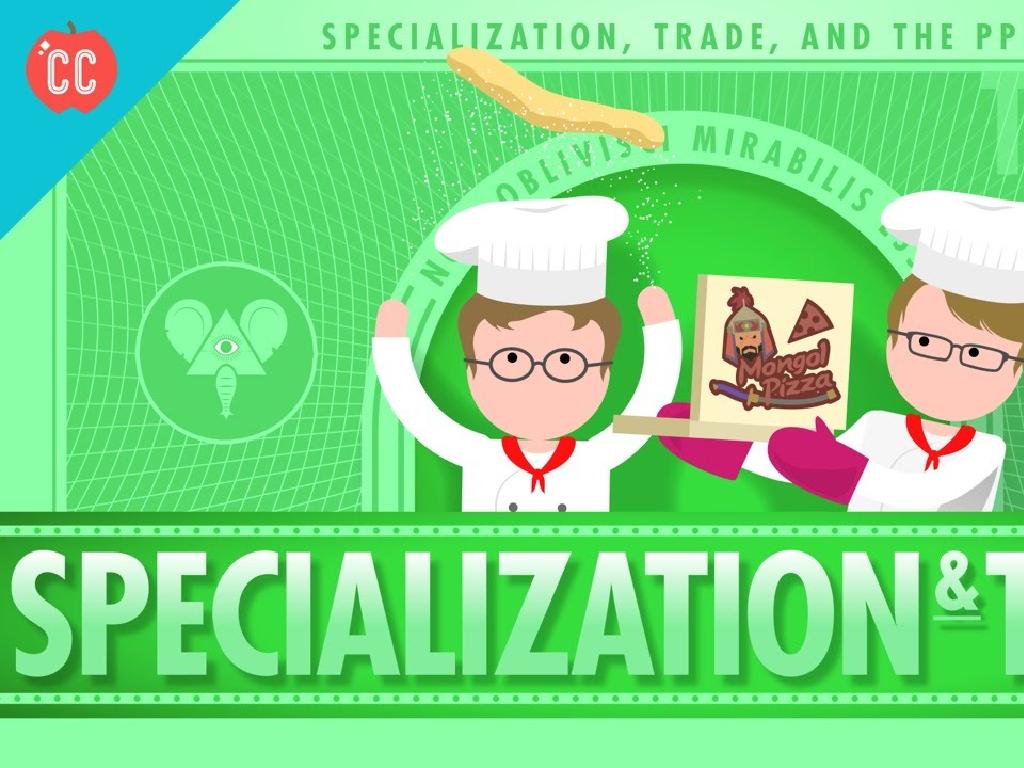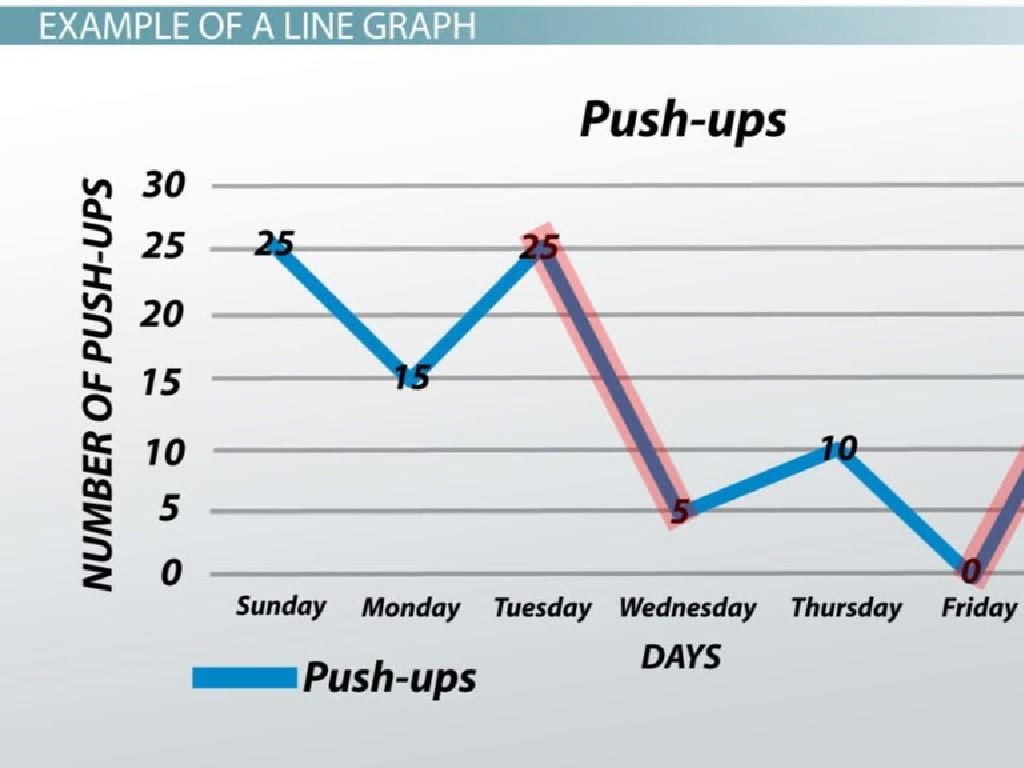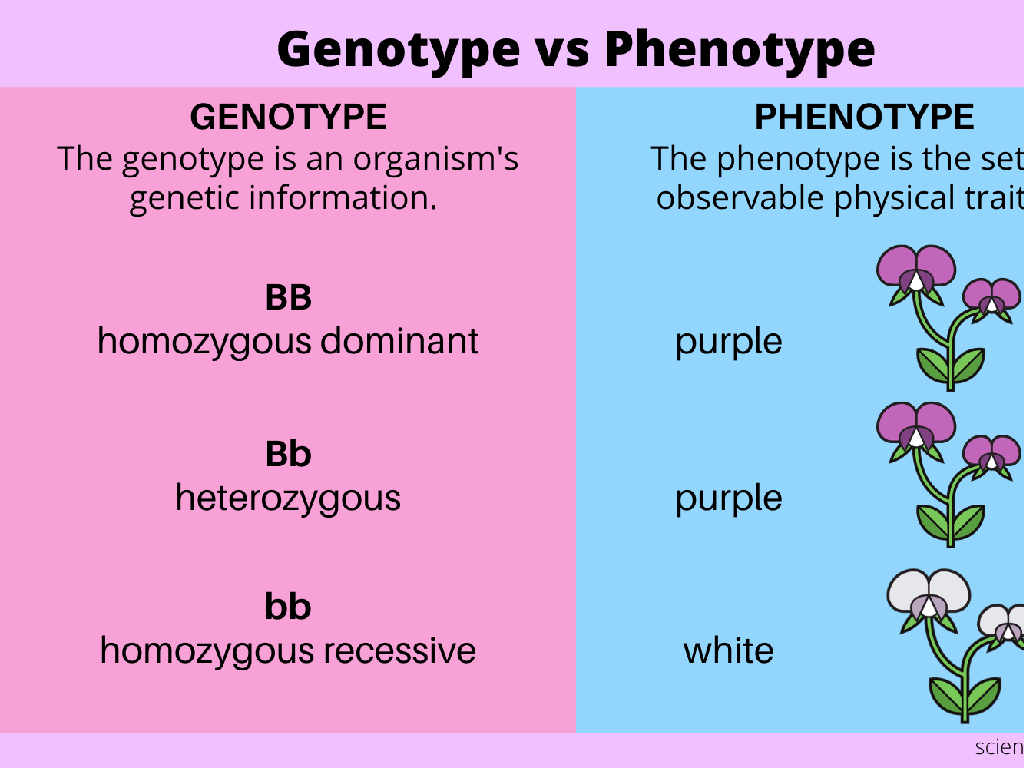Transitions With Conjunctive Adverbs
Subject: Language arts
Grade: Eighth grade
Topic: Writing Clearly And Concisely
Please LOG IN to download the presentation. Access is available to registered users only.
View More Content
Introduction to Transitions: Writing Clearly and Concisely
– Role of transitions in writing
– Transitions act as bridges between ideas
– Definition of Conjunctive Adverbs
– Conjunctive adverbs are words that join sentences or clauses
– Examples of Conjunctive Adverbs
– For instance: ‘however’, ‘therefore’, ‘moreover’
– Using Conjunctive Adverbs effectively
– Place them properly to clarify relationships
|
This slide introduces the concept of transitions in writing, emphasizing their importance in creating a clear and concise flow of ideas. Conjunctive adverbs are a specific type of transition that helps to connect sentences or clauses, showing relationships such as contrast, cause, and effect, or sequence. Provide examples of conjunctive adverbs and discuss how they can be used to enhance writing. It’s crucial to teach students the correct placement of these adverbs to avoid common mistakes. Encourage students to practice using conjunctive adverbs in their own writing to see how they can improve coherence and clarity.
The Power of Transitions in Writing
– Transitions: Bridges between ideas
– Like bridges connect lands, transitions connect thoughts in writing.
– Ensure smooth writing flow
– They guide readers through the text, preventing abrupt shifts.
– Compare writings with & without transitions
– Observe how transitions improve readability and coherence.
– Practice using transitions effectively
– We’ll do exercises to master using conjunctive adverbs.
|
This slide emphasizes the importance of using transitions in writing to link ideas and provide a smooth reading experience. Transitions act like bridges, offering pathways for readers to follow the writer’s train of thought without getting lost. By comparing examples of writing with and without transitions, students can see the clear benefits transitions provide in terms of flow and understandability. Encourage students to practice using transitions in their own writing. Provide exercises where they can insert appropriate conjunctive adverbs into sentences and paragraphs to enhance clarity and cohesion.
Mastering Conjunctive Adverbs
– Conjunctive adverbs list
– Examples: However, Therefore, Moreover, Consequently
– Difference from conjunctions
– Unlike ‘and’ or ‘but’, they can join full sentences
– Show cause and effect
– ‘Therefore’ shows result, ‘Since’ indicates reason
– Express contrast and sequence
– ‘However’ shows contrast, ‘Then’ indicates sequence
|
This slide introduces students to conjunctive adverbs, which are words that help connect ideas in writing. Start by presenting a list of common conjunctive adverbs such as ‘however’, ‘therefore’, ‘moreover’, and ‘consequently’. Explain how these differ from regular conjunctions like ‘and’ or ‘but’ in that they can join full sentences and are typically followed by a comma. Discuss how conjunctive adverbs can be used to show cause and effect, contrast, sequence, and other relationships between ideas. Provide examples for each case to illustrate their use. Encourage students to practice using these adverbs in their own writing to create clear and concise connections between their ideas.
Crafting Sentences with Conjunctive Adverbs
– Sentence structure with conjunctive adverbs
– Conjunctive adverbs link main clauses. Example: ‘She studied hard; therefore, she passed.’
– Punctuation with conjunctive adverbs
– Use a semicolon before and a comma after the adverb. E.g., ‘He was late; however, he still caught the bus.’
– Examples of improved sentences
– ‘I was tired. I went to bed early.’ becomes ‘I was tired; therefore, I went to bed early.’
– Practice crafting your own
|
This slide introduces students to the use of conjunctive adverbs in writing, which can help them express complex ideas more clearly and concisely. Start by explaining the role of conjunctive adverbs in joining independent clauses and how they differ from coordinating conjunctions. Emphasize the importance of correct punctuation, which often includes a semicolon before the conjunctive adverb and a comma after. Provide concrete examples to show how these adverbs can improve sentence variety and clarity. Finally, encourage students to practice writing sentences using a list of common conjunctive adverbs such as ‘therefore,’ ‘however,’ ‘moreover,’ and ‘consequently.’
Activity: Enhancing Paragraphs with Conjunctive Adverbs
– Identify transition needs in a paragraph
– Choose fitting conjunctive adverbs
– Examples: ‘however’, ‘furthermore’, ‘therefore’
– Rewrite using conjunctive adverbs
– Apply your chosen adverbs to connect ideas smoothly
– Discuss the improved paragraph flow
|
This activity is designed to help students understand the use of conjunctive adverbs in creating clear and concise writing. Provide a sample paragraph to the class and ask them to identify spots where the text lacks smooth transitions. Discuss the role of conjunctive adverbs in improving the flow of writing. Students will then select appropriate conjunctive adverbs and rewrite the paragraph to enhance clarity and coherence. After rewriting, encourage students to share their versions and reflect on how the use of conjunctive adverbs changes the reading experience. Possible activities: 1) Pair students to compare their work and discuss choices. 2) Create a worksheet with multiple paragraphs for practice. 3) Have students find examples in literature. 4) Use a peer review system to give feedback. 5) Hold a class discussion on the importance of transitions in writing.
Class Activity: Crafting Smooth Transitions
– Break into groups, review passages
– Discuss conjunctive adverbs
– Understand how adverbs connect ideas
– Apply adverbs to enhance writing
– Choose adverbs that fit the context
– Share and discuss improvements
|
This activity is designed to help students understand the use of conjunctive adverbs in creating smooth transitions between ideas in writing. Divide the class into small groups and provide each with short passages lacking transitions. Guide them to discuss the role of conjunctive adverbs and how they can improve clarity and flow. Each group should then apply appropriate conjunctive adverbs to their passages. Afterward, groups will share their revised passages with the class, discussing the before and after effects. Possible conjunctive adverbs include ‘however’, ‘therefore’, ‘moreover’, etc. Encourage students to explain their choices and the impact on the writing. This will foster a deeper understanding of writing mechanics and enhance their editing skills.
Concluding Conjunctive Adverbs & Homework
– Recap: Why conjunctive adverbs matter
– Homework: Craft a short essay
– Choose a topic and integrate conjunctive adverbs to connect ideas
– Use conjunctive adverbs effectively
– Examples: however, therefore, moreover, consequently
– Bring essays for peer review
|
As we wrap up today’s lesson, it’s crucial to emphasize the role of conjunctive adverbs in creating clear and concise writing. They serve as bridges between ideas, guiding readers through the logic of the argument. For homework, students are tasked with writing a short essay on a topic of their choice, deliberately using conjunctive adverbs to enhance the flow of their narrative or argument. This exercise will help solidify their understanding of how to use these adverbs effectively. In the next class, students will engage in peer review, offering them an opportunity to analyze and critique each other’s use of conjunctive adverbs, fostering a collaborative learning environment.






